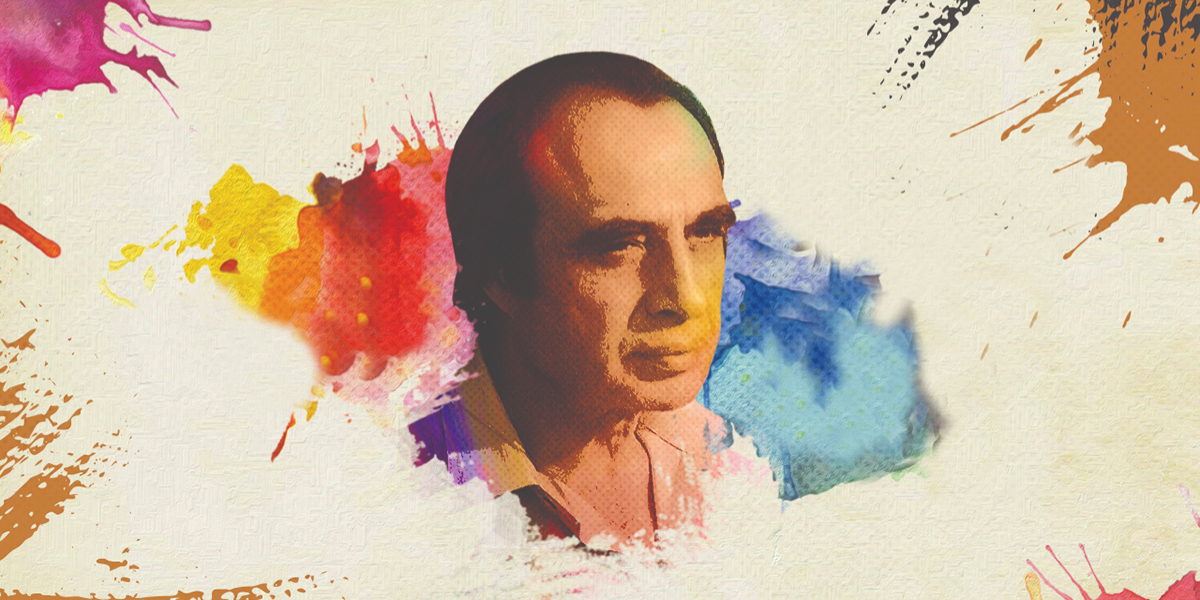
Born in 1926, Ismail Gulgee is Pakistan’s most celebrated artist who gave recognition to the mediums of abstract impressionism and calligraphy in the country. The legend continued to bring recognition and fame to the art world till his last breath and remained a true friend to many.
Gulgee was a god-gifted portrait painter and calligraphist who had enjoyed lavish support and plenty of elite commissions. He was one of the artists who would get special requests to paint the portraits of a number of heads of states, including King Faisal of Saudi Arabia and a number of celebrities. However, he was best known worldwide for his work inspired by Islamic calligraphy. Gulgee’s canvases were often quite large and he was known for using materials such as precious stones, mirror glass and gold or silver leaves in his works, so that, technically, they were in fact mixed media pieces. Early in his career, Gulgee has also done sculptures, including bronze pieces that were, like so many paintings, calligraphic information and inspiration, and they were sometimes especially based on verses from Holy Quran. He had a kind of spiritual learning also which made him different from the painters of his time.
On a personal note, I knew Gulgee very well, because one of my distant cousins, Khawaja Farooq had married the only sister of Gulgee and I was a frequent visitor to his house. During my days at a magazine, the great painter had come to my office along with Farooq Bhai as the painting legend was tired of having constant problems with his residence telephone line. Farooq Bhai wanted me to take him to the Director Telephone whom I happen to know. My office colleagues were all surprised to see the casually-dressed artiste in my office, and the same was the reaction of the Director when we reached his office. So taken aback was he that the Director immediately ordered the staff concerned to do on priority whatever was required. Though it was all done because of Gulgee himself, he remained grateful to me.
Air Marshal Saleem Arsgad, Director General, Civil Aviation Authority, asked me to arrange a meeting with Gulgee so that the proposal to commission him for a portrait of Allama Iqbal for the newly constructed Lahore International Airport, named after the philosopher-poet, could be discussed. The appointment was fixed for the next day around noon and when I along with the DG reached there, Gulgee and his wife received us personally. After exchanging some pleasantries, we were taken to the maestro’s studio to have a glimpse of his unfinished masterpieces.

His massive house, adjacent to South City Hospital, had a tasteful décor and the captivating ices of art on the wall and that had a great pull for me. The DG was also in a state of trance as he moved from one piece of art to another. His artworks were quite engaging and tranqilising that it took us some time to get back to the main discussion – what we were there for. While coming from his studio we stopped in his dining room and were again in trance to see the massive dining table with a precious stone-studded top.
We had our discussion and all he said was that he needed to visit Lahore Airport to select an appropriate place for Allama Iqbal portrait. He also asked for some photographs of Allama Iqbal, preferably from Iqbal Academy in Lahore, so that he could select one for the proposed portrait.
Gulgee had asked me to come to his house the next morning to finalise the arrangements for his visit to Lahore, so I was with him again at about 9 AM. He was up and about and was in a cheerful mood. He was having a glass of milk and asked his servant to get one for me as well. I had no intention to have a glass of milk, but he insisted that I must. The glass was duly served. I delayed having my first sip for as long as I could, hoping that we might move to some other place in the house – studio, for instance – for further discussion and I will have the occasion to ‘forget’ the glass of milk behind. But that was not to be and soon Gulgee drew my attention to the glass. Now it would have been discourteous to delay it anymore, and I picked up the glass, telling myself that it was nothing but a professional hazard that I had to live with.
The first hesitant sip, however, changed the whole scenario. It was not milk. Let me tell you. It was a drink from heaven; a cold milk with Khoya, Badam, Pista and I wonder what else was mixed in it that gave it such a divine taste. The whole glass was over before Gulgee could finish his!
Gulgee said that he started his day with it as a routine, and ended his day with a glass of warm milk with honey just before going to bed. Milk, he told me in detail, was an important part of his diet. He realised that some people shy away because they fear that it will add much fat to their diet. Others leave it out because they believe that they no longer need it. One is never too old to reap the rewards of drinking milk regularly, he winked.
That was probably one of the reasons that helped Gulgee remain physically and creatively active. I did try to follow the health tips of the great artiste but soon realised that it was not the milk that I was interested in; it was ‘that’ milk and surely beyond my means to afford it on a regular basis.

As decided, I reached his house the next morning to pick him up for the airport, he was ready but there was no luggage with him; nor even a hand-carry. A little surprised – but well-versed in dealing with celebrities and their eccentricities – I simply dropped him at the airport and remained with him till boarding.
He was warmly received at the Lahore Airport and taken to the Iqbal Academy to select a photograph of Allama Iqbal. As narrated to me by our Lahore airport staff, Gulgee gave quite a lecture to the Academy staff, advising them to replace that particular portrait with a vibrant, firebrand Iqbal who said, ‘Utho Meri Dunya Kay Gharibon Ko Jaga Do, Kakh-ee-Umara Kay Dar-o-Deewar Hila do’ (poor of the world wake and shake up the walls of the palaces of the rulers). ‘It was his thought-provoking poetry that had captivated people all these years. And in your much publicised portrait of the Allama you can hear him snoring’, he remarked, as others just kept their silence. While leaving the place he said in as many words that he felt sorry to look at the collection of photographs at a place that was supposedly working for the promotion of Iqbals’s ideology.
Disappointed with his visit to Lahore, after discussing a number of other options, he decided to go for calligraphy of Iqbals’s famous poem Masjid-e-Qartaba with vibrant and bold strokes. ‘Pakistan has a mission of transforming itself into a developed nation, economically and morally sound enough to compete with other developed countries, which indeed is a great challenge. This could only be achieved through our youth that had the power of ideas, ambition, enthusiasm and ability’, he explained when I asked him about his choice of subject for the work.
He believed that this resource of the youth was an important building block for constructing a strong nation. I listened to him quietly as what he was saying made sense. ‘Country’s population would remain youthful over the next few decades and, thus Pakistan’s future solely depends on the youth and this is the time to motivate the younger lot to become leaders who can lead the nation to economic prosperity,’ he said with a ray of hope in his bright eyes.

We had this conversation when way back in 2003 when as a Head of Public Relations of Civil Aviation Authority, I was planning for the inauguration of a new Lahore International Airport but his views are still valid keeping in view the current socio-economic scenario in the country.
He wanted to see great doctors, great engineers, great social workers, great teachers, great judges and great political leaders among the youth. And that was why he was bent upon portraying a dynamic, vibrant Iqbal instead of painting him in a dull and gloomy posture.
Interacting closely with this great artiste helped me have an insight into a man of his standing, stature and repute. For Gulgee, life had been a journey in more senses than one, giving him thrill and bliss that were both sensuous and ethereal. He remained a zestful traveller in the realm of intellect as he was in the beginning of the journey.
I once asked him about the life of an artist. ‘There’s nothing 9 to 5 in my life’, he retorted with a smile, ‘it was not possible to schedule creative time. But then one could certainly write down things to do and wait to see whether one would feel inspired on that particular day or not. The fact is, he continued, the muse does visit whenever it pleases and not necessarily during business hours.’
It is therefore impossible to schedule creative time the one would schedule a business appointment. He was a genius maverick who had some method to his apparent madness, and I often found him to be forgetful about one thing or other.
Recipient of countless awards including Pride of Performance in 1970 and Sitara-e-Imtiaz in 1982, the maestro died at the age of 81 on December 19, 2007.
Catch all the Breaking News Event and Latest News Updates on The BOL News
Download The BOL News App to get the Daily News Update & Live News.





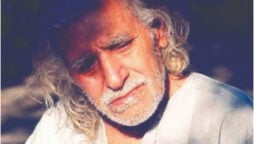
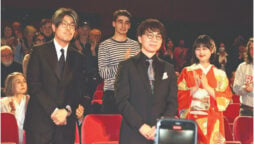
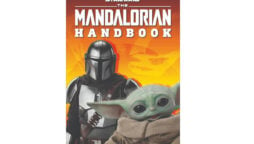

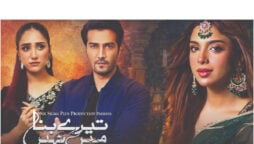
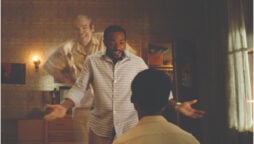

 Read the complete story text.
Read the complete story text. Listen to audio of the story.
Listen to audio of the story.